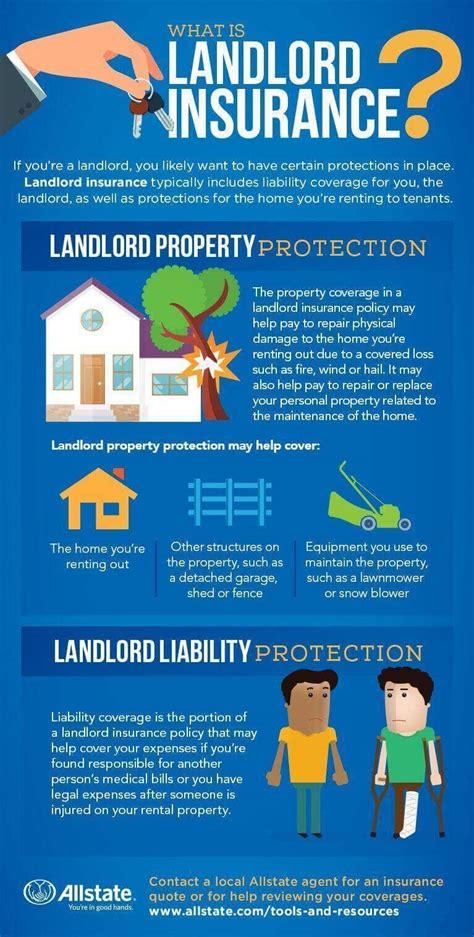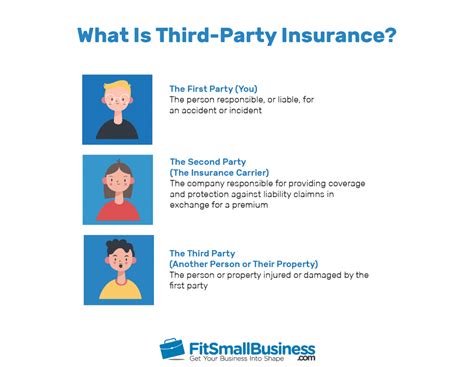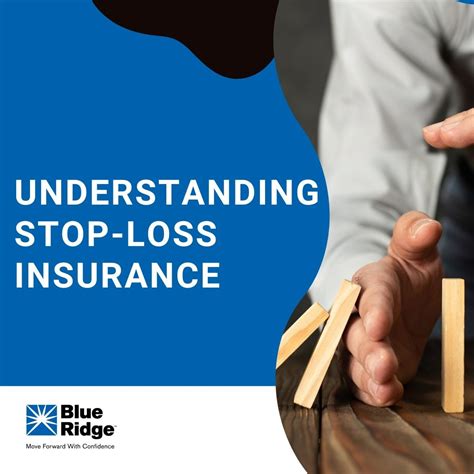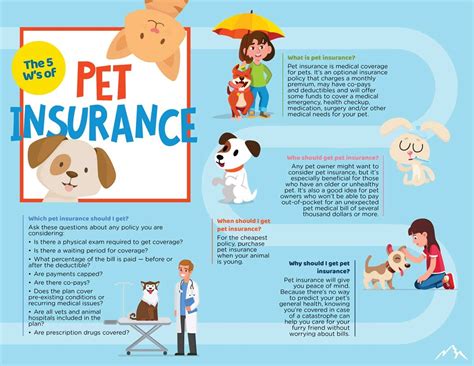Protect your belongings with the right contents insurance policy. Understand the types, importance, and factors affecting contents insurance to make a
Understanding Contents Insurance
Contents
By definition, contents insurance is a type of insurance policy that provides coverage for the personal possessions of an individual inside their home. This can include items such as furniture, electronics, clothing, and other belongings. It is important to have contents insurance to protect your valuable possessions from potential risks such as theft, fire, or damage.
One of the key benefits of contents insurance is the peace of mind it offers. Knowing that your personal belongings are financially protected can help alleviate stress and worry. In the event of an unexpected disaster, having contents insurance can provide the necessary financial support to replace or repair damaged items, without having to bear the full cost yourself.
There are different types of contents insurance policies available, each offering varying levels of coverage. For instance, some policies may only cover specific items, while others provide comprehensive coverage for all personal possessions within the home. It is important to carefully review and compare policies to determine which one best suits your needs and budget.
When considering contents insurance, it is essential to take into account various factors that may affect the cost and coverage. These factors can include the value of your belongings, the location of your home, and any security measures in place. Additionally, understanding the terms and conditions of the policy is crucial to ensure that you are aware of what is covered and any limitations or exclusions that may apply.
In conclusion, understanding contents insurance is important to safeguard your personal possessions and provide financial protection in the face of unexpected events. It is essential to thoroughly research and assess different policies to make an informed decision, and to maintain peace of mind knowing that your belongings are adequately covered.
Importance of Contents Insurance
Contents insurance is an essential safeguard for your belongings, providing protection against unexpected events such as theft, fire, or natural disasters. Without it, you could be faced with the financial burden of replacing all your possessions, which can be a huge and devastating expense. With the right contents insurance in place, you can have peace of mind knowing that your personal belongings are covered in the event of an unforeseen calamity.
In today’s unpredictable world, having contents insurance is more important than ever. With the possibility of break-ins, accidents, or other unexpected incidents, it’s crucial to have a safety net for your possessions. Whether you own a home or rent an apartment, contents insurance provides coverage for your personal items, helping to alleviate the financial strain of replacing or repairing damaged or stolen belongings.
Furthermore, contents insurance also offers protection against liabilities, such as if a visitor sustains an injury on your property. In such instances, having a comprehensive contents insurance policy can help cover legal expenses and medical costs, giving you the necessary support during a challenging time.
Another key benefit of contents insurance is that it can provide coverage for items outside of your home. This means that your personal belongings are protected not only within the confines of your property, but also while you’re on the go. Whether you’re traveling or simply away from home, knowing that your possessions are covered can offer a sense of security and peace of mind.
Types of Contents Insurance
Types of Contents Insurance
When it comes to protecting your belongings, it’s important to understand the different types of contents insurance available. Contents insurance can be categorized into various types, each offering different levels of coverage and benefits. It is crucial to choose the right type of contents insurance that best suits your individual needs and requirements.
One type of contents insurance is unspecified cover, which provides a set amount of cover for your personal belongings. This type of insurance is suitable for those who have a general idea of the value of their belongings but may not have a detailed inventory. Unspecified cover typically has a maximum limit for each item and a total maximum limit for all items combined.
Another type is itemized cover, which allows you to specify individual high-value items and their respective values. This type of insurance is ideal for individuals who have valuable items such as jewelry, art, or electronics that are worth more than the maximum limit set by unspecified cover.
Some contents insurance policies also offer portable valuables cover, which extends coverage to personal belongings that are frequently taken outside the home, such as laptops, smartphones, and cameras. This type of cover is beneficial for individuals who often travel or commute and need protection for their belongings while on the go.
| Types of Contents Insurance | Description |
|---|---|
| Unspecified Cover | Provides a set amount of cover for personal belongings without the need for a detailed inventory. Typically has a maximum limit for each item. |
| Itemized Cover | Allows for the specification of individual high-value items and their respective values. Ideal for valuable items that exceed the maximum limit set by unspecified cover. |
| Portable Valuables Cover | Extends coverage to personal belongings frequently taken outside the home, such as laptops, smartphones, and cameras. |
Understanding the different types of contents insurance available can help you make an informed decision when selecting a policy that provides the right level of protection for your personal belongings.
Factors Affecting Contents Insurance
Factors Affecting Contents Insurance
When it comes to contents insurance, there are several factors that can affect the cost and coverage of your policy. The first and most obvious factor is the value of the items you want to insure. The more valuable your belongings, the higher the premium you can expect to pay. It’s important to accurately assess the value of your possessions to ensure you have adequate coverage.
Another factor that can affect your contents insurance is your location. If you live in an area with a high crime rate or prone to natural disasters, you may face higher premiums. Insurers take into account the level of risk associated with your location when determining the cost of your policy.
Additionally, the level of coverage you choose will also impact the cost of your contents insurance. The more comprehensive the coverage, the higher the premium. It’s important to weigh the value of your belongings against the cost of the policy to determine the right level of coverage for your needs.
- Item Value: The more valuable your belongings, the higher the premium you can expect to pay.
- Location: If you live in an area with a high crime rate or prone to natural disasters, you may face higher premiums.
- Level of Coverage: The more comprehensive the coverage, the higher the premium.
Lastly, your claims history and credit score can also impact your contents insurance. Insurers will consider your past claims and creditworthiness when determining your premium. A history of making frequent claims or a poor credit score can lead to higher premiums or difficulty obtaining coverage.
It’s important to be aware of these factors when shopping for contents insurance and to compare quotes from multiple insurers to find the best policy for your needs.
Choosing the Right Contents Insurance Policy
When it comes to protecting your valuable possessions, choosing the right contents insurance policy is crucial. Contents insurance provides coverage for your personal belongings inside your home, including furniture, electronics, clothing, and other valuable items. With so many options available, it can be overwhelming to decide which policy is best for you. Here are some important factors to consider when choosing the right contents insurance policy.
One of the first things to consider when selecting a contents insurance policy is the coverage limits. This refers to the maximum amount the insurance company will pay out for a claim. It’s important to accurately estimate the total value of your belongings to ensure you have sufficient coverage. A policy with higher coverage limits may have a higher premium, but it can provide peace of mind knowing that your possessions are fully protected.
Another important factor to consider is the type of coverage offered by the policy. Some policies provide all-risk coverage, which means your belongings are covered for any type of loss or damage unless specifically excluded. Other policies may offer named-perils coverage, which only covers specific risks listed in the policy. Understanding the type of coverage offered can help you make an informed decision.
It’s also important to consider the deductible of the policy. The deductible is the amount of money you are required to pay out-of-pocket before your insurance coverage kicks in. A higher deductible typically results in a lower premium, but it’s important to ensure that you can afford the deductible in the event of a claim.
Finally, it’s essential to compare quotes from multiple insurance companies to find the best value. Consider the reputation and financial stability of the insurance companies, as well as any additional features or benefits offered. Ultimately, choosing the right contents insurance policy involves carefully assessing your individual needs and finding a policy that offers comprehensive coverage at a price you can afford.












